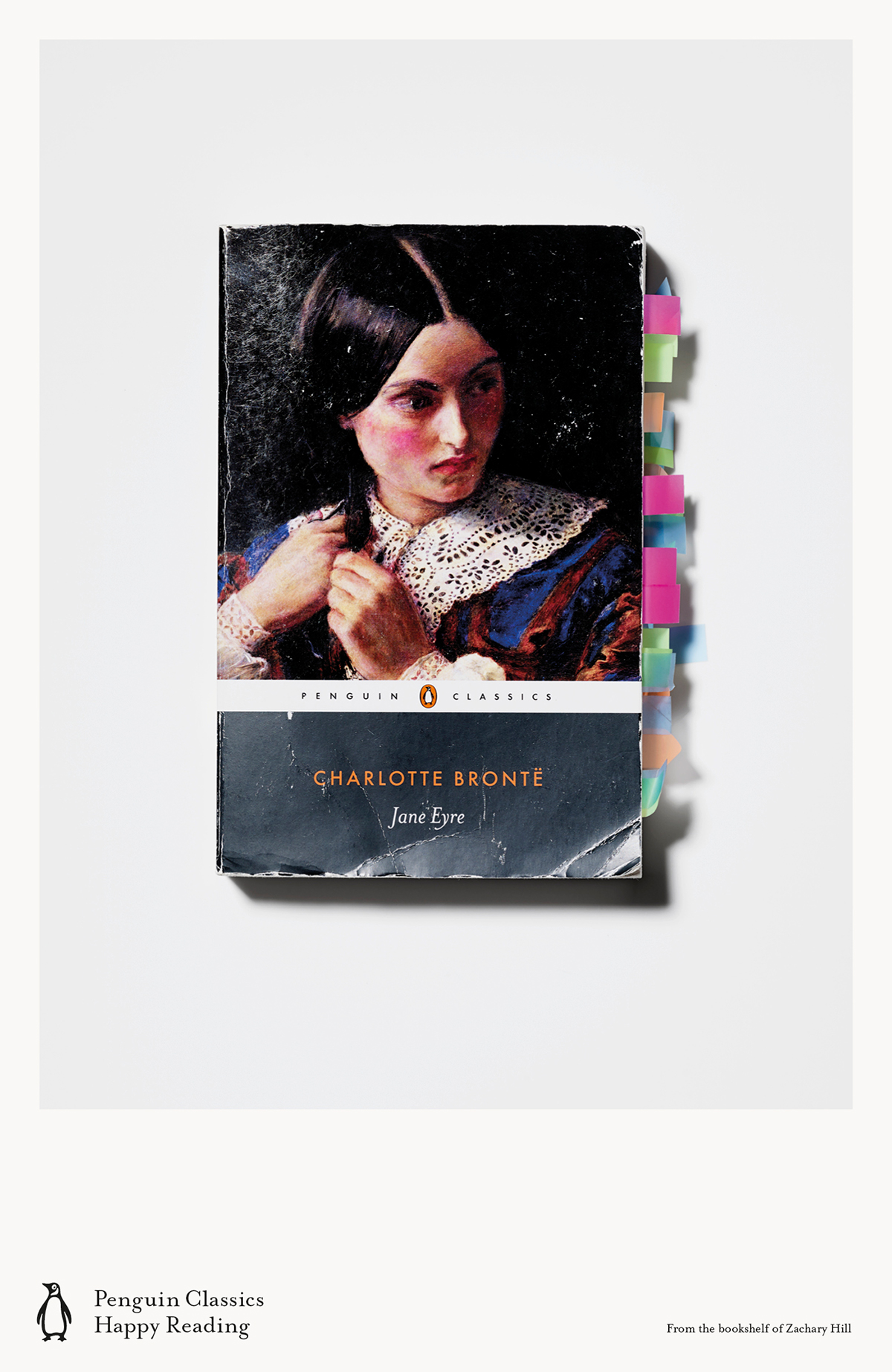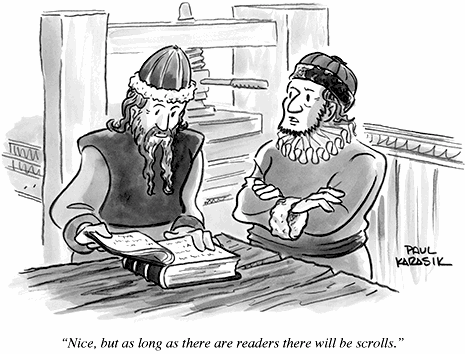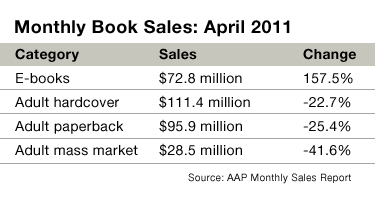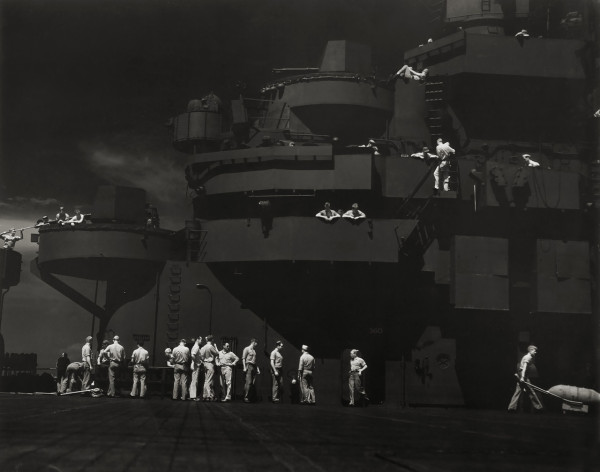Amazing fact of the day: in 1931 there were just 500 or so real bookstores in America, and two-thirds of the country had no bookstores at all.
In the entire country [in 1931], there were only some four thousand places where a book could be purchased, and most of these were gift shops and stationary stores that carried only a few popular novels.… In reality, there were but five hundred or so legitimate bookstores that warranted regular visits from publishers’ salesmen (and in 1931 they were all men). Of these five hundred, most were refined, old-fashioned ‘carriage trade’ stores catering to an elite clientele in the nation’s twelve largest cities.
Furthermore, two-thirds of American counties — 66 percent! — had exactly zero bookstores. It was a relatively tiny business centered in the urban areas of the country. Did some great books come out back then? Of course! But they were aimed only at the tiny percentage of the country that was visible to publishers of the time: sophisticated urban elites. It wasn’t that people couldn’t read; by 1940, UNESCO estimated that 95 percent of adults in America were literate. No, it’s just that the vast majority of adults were not considered to be part of the cultural enterprise of book publishing. People read stuff (the paper, the Bible, comic books), just not what the publishers were putting out.



